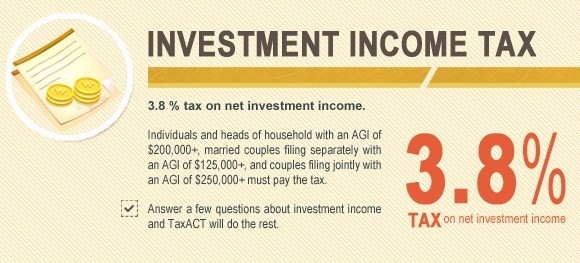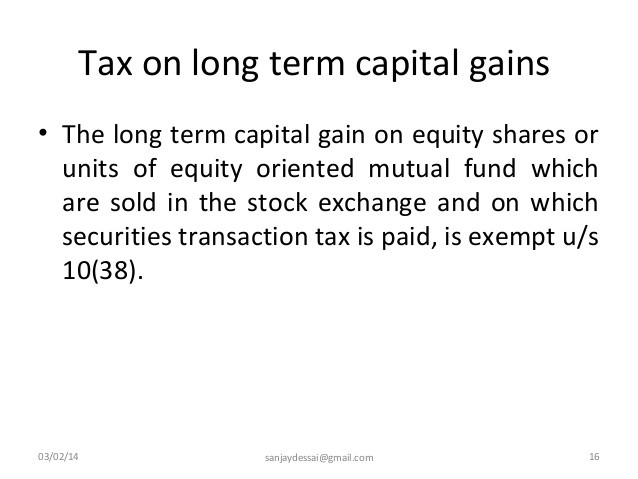LongTerm Capital Gains How Much Tax Will I Owe TaxACT Blog
Post on: 16 Июнь, 2015 No Comment

New here? Subscribe to the TaxACT blog to get tax tips and strategies delivered to your email. Thanks for visiting!
Did you sell a house, some investments, or even a car this year that you may need to report as the sale of a capital asset?
If you sold an asset, possibly at a profit, youll generally pay less tax on the gain than you would pay on ordinary income, such as wages.
You must keep a capital asset longer than one year to qualify for the special rates. A short-term capital gain is taxed at the same rates as ordinary income, such as wages.
The lower tax rate on long-term capital gains has long been under discussion, as politicians argue about its fairness and the impact that changing the rate would have on the economy. For now, however, the tax rates are safe.
Do I have a long-term capital gain?
Most things you own, such as your car, most investments, and real estate are capital assets. In fact, its easier to say what isnt a capital asset than what is one.
Most assets related to your business, including inventory, equipment, and supplies are not capital assets. Neither are songs and copyrights to your own creations, or a few specific investments.
If you realize more from the sale of a capital asset than your basis in the asset, and you kept the asset for longer than one year, you generally have long-term capital gain .
Note: Gains on certain types of assets, such as collectibles and property for which you have taken depreciation deductions, are subject to special rules.
How much capital gains tax will I owe?
If you are in a lower income tax bracket, you may not owe any tax on your long-term capital gain.
For taxpayers in the 10% or 15% ordinary tax rate bracket, the capital gains rate is zero. You are in one of these brackets if your taxable income after deductions, but including the capital gains, is less than $35,350 ($70,700 if you file jointly).

Taxpayers whose taxable income is above those limits pay 25% to 35% on their highest taxable dollars of ordinary income. Their capital gains rate is 15%.
Example: Say you bought ABC stock on March 1, 2010, for $10,000. On May 1, 2012, you sold all the stock for $20,000 (after selling expenses). You have a $10,000 capital gain ($20,000 10,000 = $10,000). If you are in the 25% tax bracket, you pay $1,500 in capital gains tax ($10,000 X 15% = $1,500). This amount is in addition to your tax on your ordinary income.
If you would be in the 10% or 15% ordinary income tax rate bracket except for the capital gains this year, you may have some capital gains taxed at 0% and some taxed at 15%.
Where can I see my capital gains tax on my tax return?
TaxACT calculates your capital gains on Schedule D, Capital Gains and Losses. On page 2 of Schedule D, TaxACT selects the check box for the worksheet the program uses to calculate your capital gains tax. Click where indicated to access the calculation worksheet.
Your tax on Form 1040, line 44, includes the total of your ordinary income tax and capital gains tax.
Was this post helpful? Subscribe now and get it delivered to your inbox.














